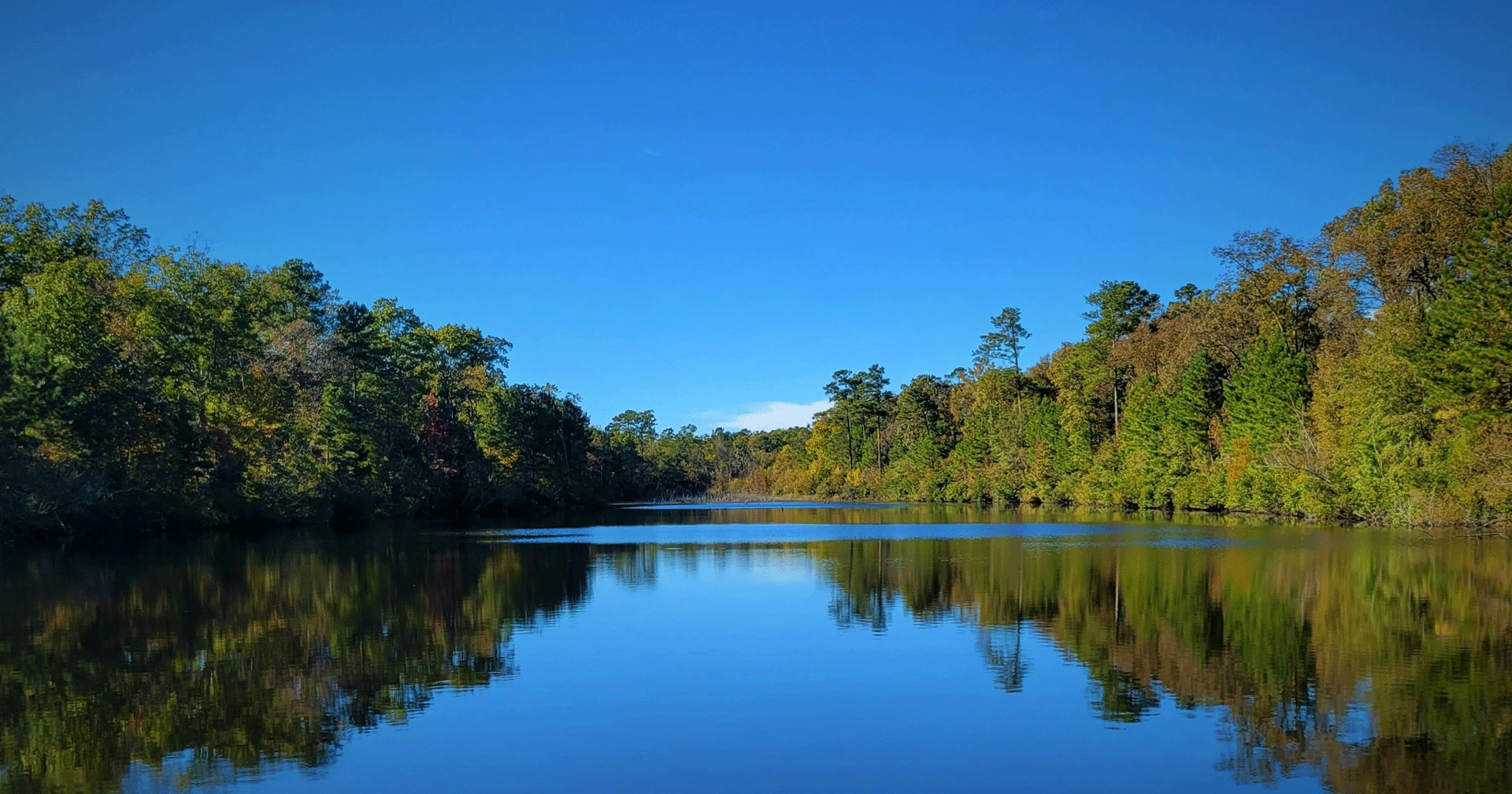The History of Lake Marion in Santee SC
Have you ever wondered about the history behind South Carolina’s largest lake, Lake Marion? While it serves as a popular destination for fishing, boating, and relaxation today, Lake Marion’s origins tell a fascinating story of engineering, economic development, and environmental impact. The lake has played a pivotal role in shaping the landscape and economy of the Santee region, and understanding its history offers insight into how this massive body of water has become such an integral part of the state’s identity.
Lake Marion, sometimes referred to as South Carolina's "inland sea," was not always there. It was created through a massive engineering project that transformed the region and continues to offer significant benefits to the local communities. This post will explore how it came into being, how it has grown, and what it is like today.
What is Lake Marion?
Lake Marion is the largest lake in South Carolina, spanning 110,000 acres. Located in the Santee region, the lake stretches across five counties, making it a dominant feature of the state’s central lowlands. It’s renowned for its abundant wildlife, and is known as one of the premier fishing spots in the southeastern United States. Anglers flock to Lake Marion to catch a variety of species, including largemouth bass, catfish, and crappie.
Beyond fishing, the lake also serves as a major recreational area for boating, swimming, and camping, drawing thousands of visitors each year. Its size and natural beauty have made it a beloved spot for both tourists and locals alike. Yet, beneath the surface of this picturesque landscape lies a carefully crafted reservoir that was designed for more than just recreation—it was an essential part of a broader vision for energy and economic development.
When Was the Lake Created?
Lake Marion was created as part of the Santee-Cooper Hydroelectric and Navigation Project, an ambitious undertaking by the South Carolina Public Service Authority in the late 1930s. The project was developed in response to the state’s need for electricity and jobs during the Great Depression. The construction of the lake was completed in 1941, and it involved damming the Santee River to form a reservoir that would generate hydroelectric power.
The construction of Lake Marion was a monumental effort that involved relocating thousands of people and transforming the surrounding land. Towns, farms, and forests were submerged to create the lake’s vast expanse. The creation of the lake also required the construction of a 20-mile canal that connected the Santee River with the Cooper River, providing a crucial transportation route. This waterway not only provided energy but also improved navigation and access, enhancing trade and commerce in the region.
How Has Lake Marion Grown Over Time?
Since its creation, Lake Marion has seen substantial growth, though not in the size of the lake, rather in its impact on the surrounding communities and the state as a whole. Initially, the lake’s primary purpose was to generate electricity, but over the years, it has become a vital resource for recreation and tourism.
As industries in the region grew, so did the need for reliable energy sources. Lake Marion, along with Lake Moultrie (its smaller counterpart created by the same project), provided much-needed hydroelectric power to the surrounding areas, fueling industrial growth and modernizing local infrastructure. Additionally, the lake’s development spurred economic activity by attracting tourism and recreational businesses, including marinas, campgrounds, and resorts.
Lake Marion’s environmental significance also grew over time. The lake has become a sanctuary for wildlife, including bald eagles, ospreys, and various species of waterfowl. Its diverse ecosystem supports a wide range of plants and animals, making it an important area for conservation efforts. Today, environmental organizations work to preserve the lake’s natural beauty and biodiversity, ensuring that it remains a thriving habitat for future generations.
What is it Like Today?
Today, Lake Marion stands as a symbol of both natural beauty and human achievement. It continues to serve its original purpose as a source of hydroelectric power, but its role as a recreational hub has become just as important. Each year, thousands of visitors come to enjoy activities such as fishing, boating, water sports, and wildlife observation. The lake’s many campgrounds, marinas, and vacation rentals make it a popular getaway for families and outdoor enthusiasts.
Additionally, the towns surrounding Lake Marion, such as Santee, Elloree, and Summerton, have developed into thriving communities that benefit from the tourism the lake generates. The area has also seen an increase in real estate development, as more people are drawn to the lake’s scenic beauty and relaxed pace of life.
Lake Marion’s future seems positive, with ongoing efforts to maintain the balance between recreational use, environmental preservation, and energy production. As one of South Carolina’s most cherished natural resources, it continues to offer something for everyone, from anglers and boaters to nature lovers and conservationists.
Lake Marion’s history is a testament to the power of vision and innovation. Created as part of a larger plan to generate electricity and boost economic development, it has grown into one of South Carolina’s most treasured destinations. Whether for its recreational opportunities or its role in supporting local communities, Lake Marion remains a vital part of the state’s landscape.
Contact Us Now for More Information
Phone: 888-832-5253

